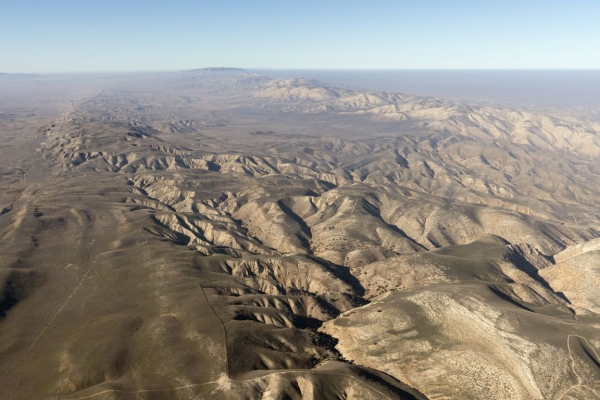Powerful supershear earthquakes, once considered rare, are much more common than previously thought, according to a study led by UCLA geophysicists and published today in Nature Geoscience.
The scientists analyzed all 6.7-or-greater magnitude strike-slip earthquakes worldwide since 2000 — there were 87 in all — and identified 12 of the supershear type, or about 14%. (Four of those earthquakes were previously unreported.)
That percentage is more than double what scientists expected; until now less than 6% of strike-slip earthquakes had been identified as supershear.
Strike-slip earthquakes occur when the edges of two tectonic plates rub sideways against each other. Supershear quakes are a subtype of that group that are caused when faults beneath the surface rupture faster than shear waves — the seismic waves that shake the ground back and forth — can move through rock. The effect corrals energy that is then released violently; the effect can be compared to a sonic boom.
Read more at University of California - Los Angeles
Image: A section of the San Andreas Fault between Bakersfield and Santa Barbara, California. UCLA’s Lingsen Meng said the reason relatively few supershear earthquakes were reported previously is that researchers tended not to count those that occur underwater. (Photo Credit: Carol M. Highsmith/Library of Congress)


